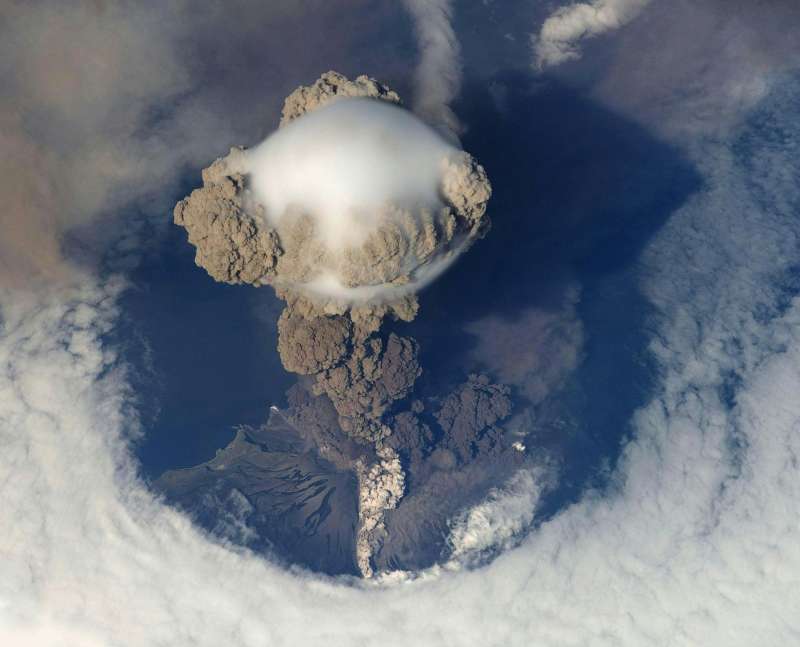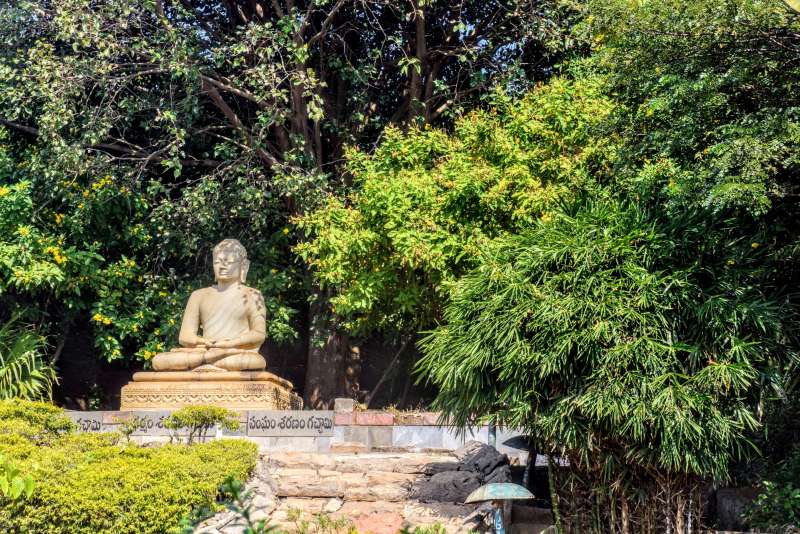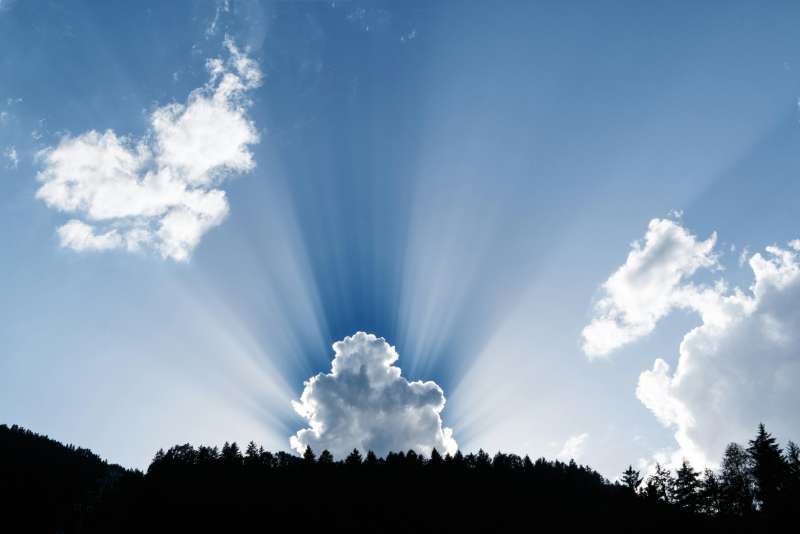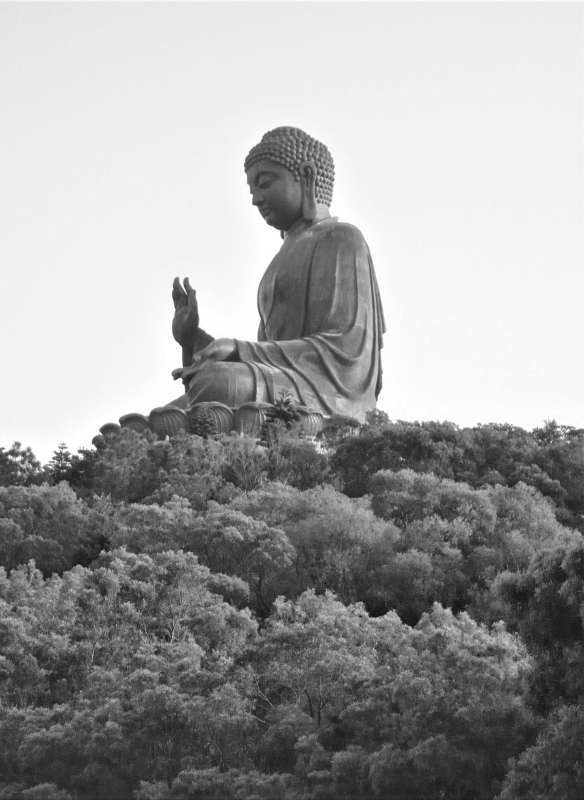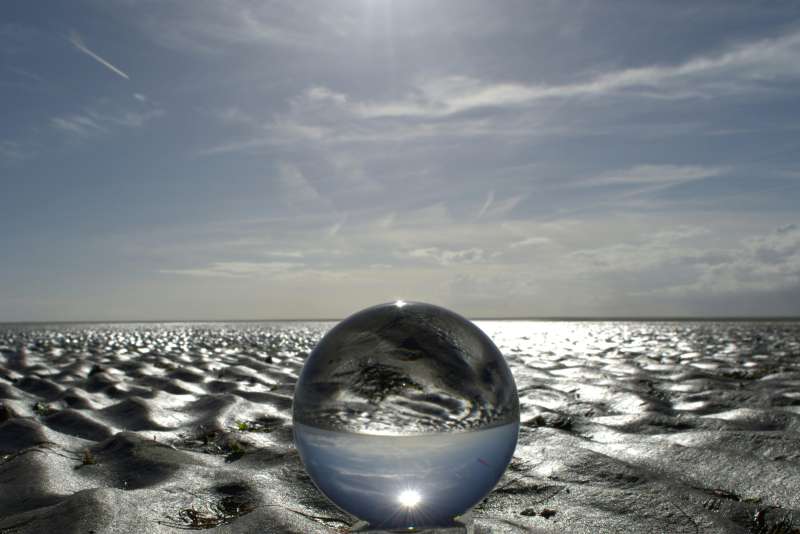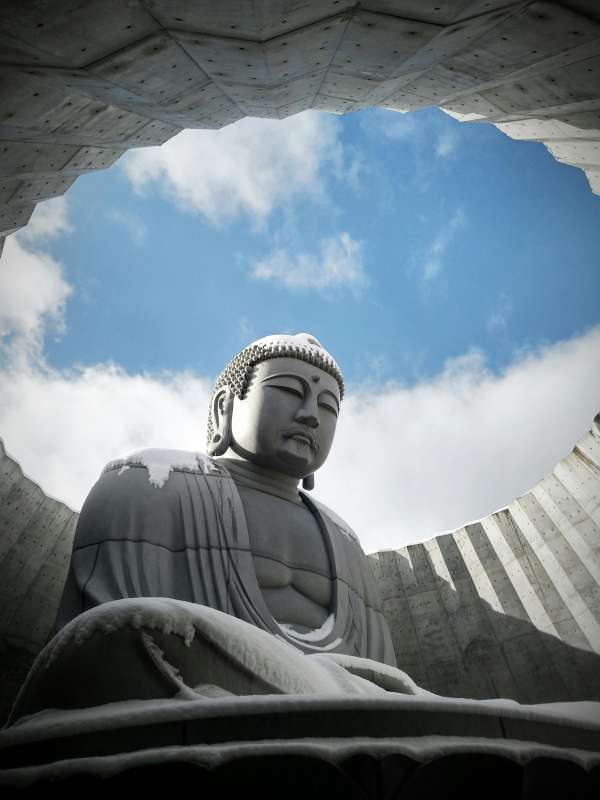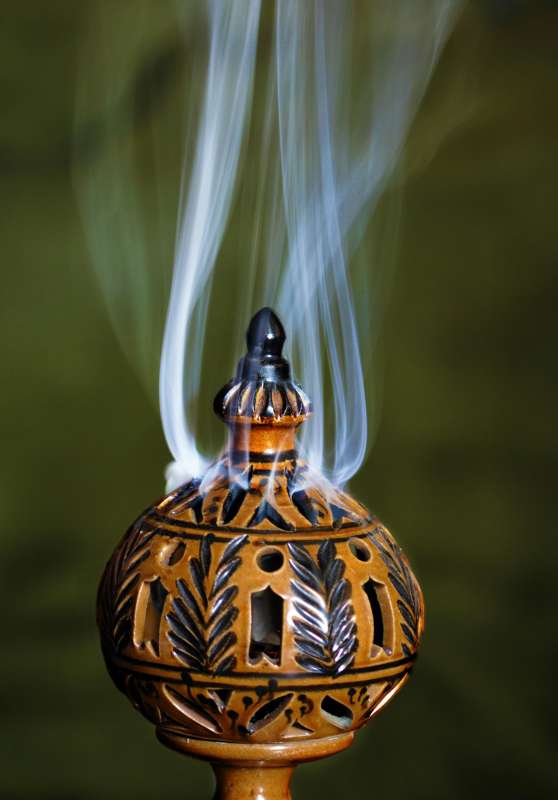The 1902 Eruption of Mount Pelée: The Annihilation of Saint-Pierre
Published on: May 11, 2025
The Sleeping Giant of Martinique
On the island of Martinique, in the heart of the Caribbean, Mount Pelée had long loomed over the city of Saint-Pierre, its green slopes and volcanic peak a familiar backdrop to daily life. For centuries, the volcano had been regarded with a mixture of awe and indifference. Local legends spoke of its power, but generations had lived and died without witnessing its fury. By the dawn of the twentieth century, Saint-Pierre had become the economic and cultural capital of Martinique—a bustling port city known as the "Paris of the Caribbean." Its population of nearly 30,000 included merchants, planters, artists, and laborers, all living in the shadow of a mountain whose last significant eruption had occurred in 1851. The volcano was seen more as a scenic feature than a threat.
Ominous Signs: The Weeks Leading Up to Disaster
In the months before May 1902, subtle but unsettling changes began to occur on Mount Pelée. Fumaroles vented steam, and a persistent sulfurous odor hung in the air. By April, small explosions and ash falls became frequent, dusting the city and its surrounding plantations in a fine gray powder. Rivers near the volcano turned hot and muddy, and the mountain’s summit was often shrouded in a menacing cloud. Residents were uneasy, but life continued; the upcoming legislative elections and daily commerce seemed more pressing than distant rumblings. Local newspapers reported the activity but reassured citizens, echoing the complacency of city officials. The governor, Louis Mouttet, and his advisors sought expert opinions from scientists, who, lacking modern volcanology, could not predict the scale of what was to come. They insisted there was no cause for alarm. The city’s churches were full, shops remained open, and the port bustled with ships from Europe and the Americas.
The Fatal Morning: May 8, 1902
At 7:52 a.m. on May 8, 1902, Mount Pelée unleashed a cataclysmic eruption unlike anything the island had ever witnessed. Without warning, the volcano’s summit exploded, sending a dense, incandescent cloud of superheated gas, ash, and rock—known as a pyroclastic surge—hurtling down its slopes at speeds exceeding 100 kilometers per hour. The temperature of the cloud was estimated at over 1,000 degrees Celsius. In less than a minute, the city of Saint-Pierre was engulfed. Wooden houses and stone buildings alike were incinerated or pulverized by the unstoppable wave of destruction. People caught in the open were vaporized or burned beyond recognition. Those inside buildings suffocated or were roasted alive as the fiery cloud penetrated every crevice. The force of the blast shattered windows miles away, and the sound was heard as far as neighboring islands. The city, once alive with the sounds of commerce and laughter, fell silent in a matter of seconds.
Scenes of Devastation: The Aftermath in Saint-Pierre
When the ash finally settled, the scene was almost beyond comprehension. Saint-Pierre, the jewel of Martinique, had been reduced to a smoldering wasteland. Not a single building remained intact. The harbor, once crowded with ships, was filled with charred hulls and floating bodies. The air was thick with acrid smoke and the stench of death. Of the city’s nearly 30,000 inhabitants, only a handful survived. The official death toll was approximately 29,000, making it the deadliest volcanic disaster of the twentieth century. The scale of human loss was almost unimaginable. Entire families were erased in an instant. Survivors from nearby villages who ventured into the ruins described scenes of horror: streets littered with corpses, some frozen in their final moments of terror, others fused together by the heat. The few who escaped did so by chance—shielded by thick walls, underground cellars, or sheer luck. The city’s animals suffered the same fate as their human companions. Even the lush vegetation that had once surrounded Saint-Pierre was scorched to ash.
The Prisoner Who Lived: Ludger Sylbaris
Among the most astonishing stories to emerge from the ruins was that of Ludger Sylbaris, a laborer and sometime troublemaker who had been imprisoned the night before the eruption. His cell, a small stone vault with a narrow slit for air, was located below ground level in the city’s prison. When the pyroclastic surge swept through Saint-Pierre, the thick stone walls and limited ventilation shielded Sylbaris from the worst of the heat and toxic gases. He suffered severe burns and spent days in darkness, but he survived—one of only three known survivors from within the city limits. His story quickly became legend, and he was later pardoned, joining Barnum & Bailey’s circus as "The Man Who Lived Through Doomsday." Sylbaris’s survival was a grim testament to the arbitrary nature of fate in the face of overwhelming natural forces.
Warnings Ignored: The Tragic Role of Authorities
The tragedy of Saint-Pierre was compounded by the failure of local authorities to act decisively in the days leading up to the eruption. Despite mounting evidence of danger—ash falls, rumbling earthquakes, and the deaths of animals—officials resisted calls for evacuation. Some historians believe political considerations played a role; with elections imminent, leaders feared panic and disruption. Scientists consulted at the time lacked the tools and knowledge to interpret the signs correctly. The term "pyroclastic flow" did not even exist. The prevailing wisdom was that lava flows posed the greatest threat, and since no lava was visible, officials believed the city was safe. This catastrophic misjudgment sealed the fate of thousands. In a cruel twist, many rural residents had actually fled to Saint-Pierre, believing it to be a place of refuge from mudflows and ashfall affecting the countryside.
Subsequent Eruptions and Further Horror
As if the destruction of May 8 were not enough, Mount Pelée continued to erupt in the following months. On May 20, another violent pyroclastic surge swept down the volcano’s slopes, killing an additional 2,000 people in the surrounding area. Yet another deadly outburst occurred on August 30, claiming hundreds more lives. The volcano seemed relentless, and survivors lived in constant fear of further devastation. The series of eruptions destroyed what little remained of the once-prosperous region and left deep psychological scars on the survivors. The repeated violence of Mount Pelée underscored the unpredictable and uncontrollable power of nature. The island’s economy was shattered, and its social fabric torn apart.
The Science Behind the Catastrophe
At the time of the eruption, volcanology was still in its infancy. The concept of a pyroclastic flow—a fast-moving, ground-hugging avalanche of superheated gas and volcanic material—was not yet understood. Scientists and officials mistook the volcano’s behavior for that of more familiar, less explosive eruptions. The 1902 disaster forced the scientific community to confront the deadly potential of certain types of volcanic activity. Mount Pelée’s eruption produced what is now known as a "nuée ardente" or glowing cloud, a term coined by French geologist Alfred Lacroix, who studied the aftermath extensively. Lacroix’s observations helped lay the foundation for modern volcanic risk assessment. The Mont Pelée eruption became a textbook case, studied by generations of scientists seeking to understand and prevent similar tragedies.
Global Shockwaves: The World Reacts
News of the destruction of Saint-Pierre spread rapidly around the globe. Newspapers carried shocking headlines and grisly photographs of the ruined city. Relief efforts were hampered by the scale of the disaster and the continuing threat from the volcano. Ships from France, the United States, and other nations arrived with supplies and medical personnel, only to find almost nothing left to save. The psychological impact was profound. The world had rarely witnessed such total annihilation in so short a time. The event fueled debates about the power of nature and the limits of human understanding. Insurance companies faced unprecedented claims, and governments reevaluated their approach to natural disasters. The eruption of Mount Pelée became a symbol of both human vulnerability and resilience.
The Ruins of Saint-Pierre: A City Erased
Saint-Pierre was never rebuilt as the capital of Martinique. The ruins of the city remain to this day, a haunting reminder of the events of 1902. Visitors can walk among the charred remnants of buildings, the twisted iron of the theater, and the scorched stone of the old prison. The city’s cemetery is filled with unmarked graves, and the names of the dead are etched into memorials. The few survivors and their descendants carried the trauma for generations. The loss of cultural treasures, artworks, and archives was incalculable. The economic heart of the island shifted to Fort-de-France, which remains the capital today. The ghostly silence of Saint-Pierre is broken only by the wind and the occasional tourist’s footsteps.
Transformation in Volcanic Risk Management
The disaster at Mount Pelée forced a revolution in the way scientists and governments approached volcanic hazards. The recognition of pyroclastic flows as a deadly phenomenon led to new monitoring techniques and early warning systems. Volcanic observatories were established around the world, and international cooperation increased. The tragedy also highlighted the importance of clear communication between scientists, officials, and the public. Today, the study of past eruptions like Mount Pelée informs emergency planning and risk management for communities living near active volcanoes. Advances in seismology, gas analysis, and satellite imagery have made it possible to detect warning signs that would have been invisible in 1902. Yet, the events of that year remain a sobering reminder that nature’s power can never be fully controlled.
Human Stories from the Edge of Oblivion
While the statistics are staggering, the true horror of the Mount Pelée eruption lies in the individual stories of loss and survival. Letters recovered from the ruins speak of last goodbyes and desperate hopes. Some families tried to flee by boat, only to be overtaken by the fiery cloud before they could reach safety. Others sought shelter in cellars or churches, praying for deliverance that never came. The few survivors were left with physical and psychological scars that lasted a lifetime. In the aftermath, orphans wandered the countryside, and entire communities vanished from the map. The psychological impact on those who witnessed the destruction was profound, leading to widespread trauma and a sense of existential dread.
The Lethal Nature of Pyroclastic Flows
Pyroclastic flows, like the one that destroyed Saint-Pierre, are among the most terrifying phenomena in nature. They travel at hurricane speeds, carrying a lethal mix of hot gases, ash, and volcanic debris. Temperatures inside a pyroclastic flow can exceed 1,000 degrees Celsius, hot enough to melt metal and incinerate flesh in seconds. Unlike lava, which moves slowly and can often be outrun, pyroclastic flows strike with almost no warning. In the case of Mount Pelée, the surge was so fast and intense that many victims died instantly, their bodies preserved in the positions they held at the moment of death. The study of these deadly flows has become a central focus of modern volcanology, as scientists seek to understand their dynamics and improve warning systems.
Mount Pelée Today: A Watchful Sentinel
Mount Pelée remains an active volcano, monitored closely by scientists and authorities. In the decades since 1902, it has experienced several minor eruptions, but none approaching the scale of the disaster that destroyed Saint-Pierre. The lessons learned from that event have informed the development of the Martinique Volcano Observatory, which tracks seismic activity, gas emissions, and other indicators of volcanic unrest. The people of Martinique live with a heightened awareness of the risks posed by their volcanic neighbor. Emergency plans are in place, and regular drills are conducted to ensure readiness. Yet, the memory of 1902 casts a long shadow, a constant reminder of the price of complacency.
Legacy of the Mount Pelée Eruption
The eruption of Mount Pelée in 1902 stands as one of the deadliest natural disasters in recorded history. Its impact was felt far beyond the shores of Martinique, shaping the science of volcanology and the practice of disaster management worldwide. The story of Saint-Pierre is a cautionary tale—a stark illustration of what can happen when warning signs are ignored and nature’s fury is underestimated. The ruins of the city, the stories of its victims and survivors, and the scientific advances inspired by the tragedy all serve as a testament to the enduring power of the volcano and the fragility of human civilization in the face of overwhelming natural forces.
